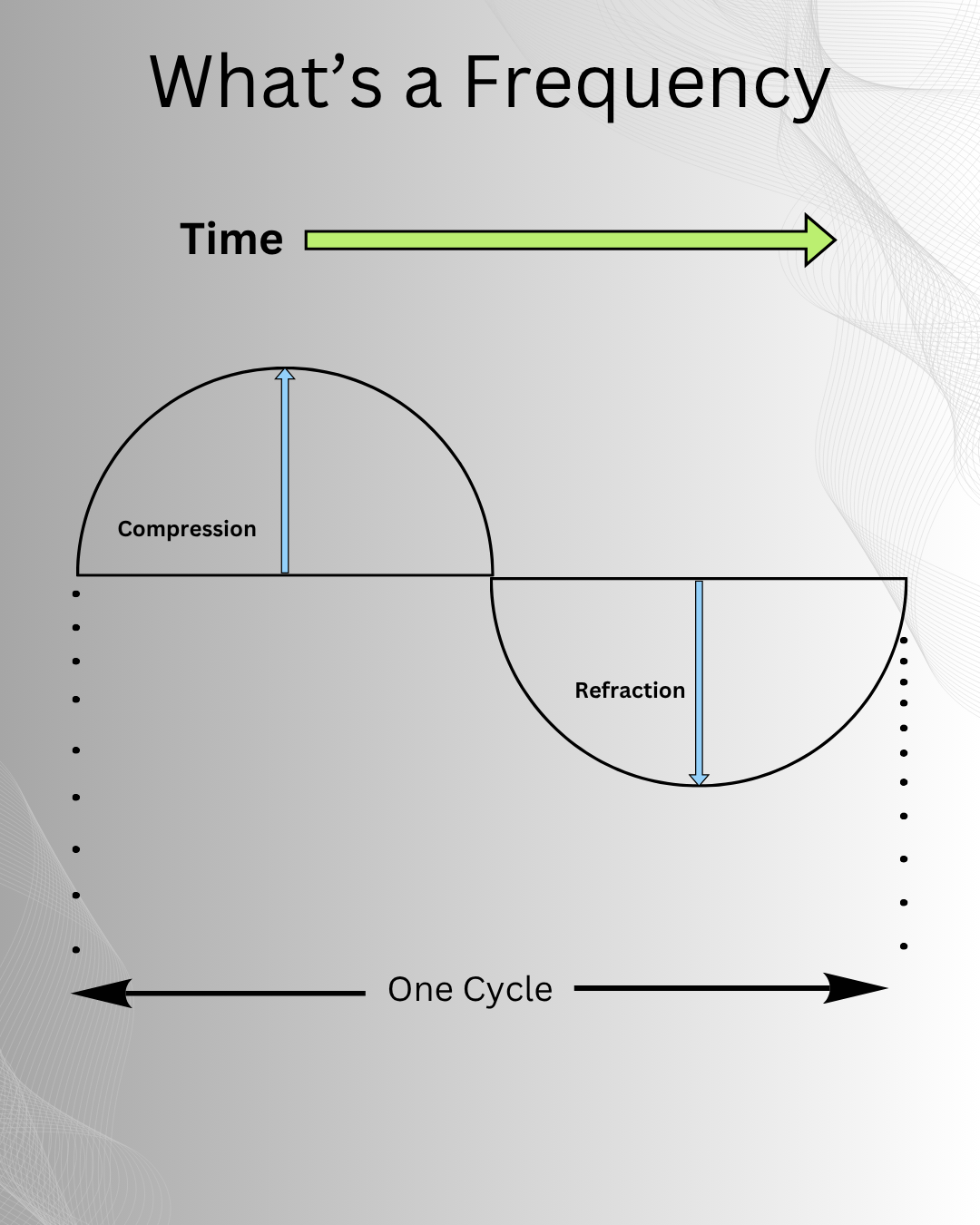Introduction To Solfeggio Frequencies
There’s plenty of information about Solfeggio Frequencies available, but much of it only scratches the surface, and much of it spreads common misconceptions.
Here i’ll cover the essentials you need to know about Solfeggio Frequencies:
What are Solfeggio Frequencies and their sound qualities.
Historical background.
Benefits often associated with listening to these tones.
What are Solfeggio Frequencies?
Solfeggio Frequencies are a set of specific sound tones believed by many to influence the mind, body, and spirit in powerful ways. From promoting relaxation to supporting emotional healing, these frequencies have gained a lot of popularity in sound therapy and meditation.
Before showing you this set of specific tones, let’s see what is a frequency?
Frequency is a measurement that represents a fundamental property of sound. It is how many vibrations or cycles a sound wave makes per second, which directly creates the pitch we hear.
The unit for frequency is Hertz (hz).
For example, 10hz equals 10 cycles or waves per second, 400hz equals 400 cycles per second.
The higher the frequency, the higher the tone/pitch we hear and vice versa, the perceived tone is lower if the frequency is lower.
A sound cycle consists of one compression and one rarefaction. Multiple cycles per second create a continuous sound.
These are the famous Solfeggio Frequencies
Note that Solfeggio Frequencies are very commonly generated with audio softwares that create the type of synthesized tones you can listen below. But any instrument can play (or sing) Solfeggio Frequencies since the pitch is what matters most.
In music terms, a frequency is expressed with music tones and notes.
For example 440hz equals A4 in music language. In a piano that’s the key in red.
In music notation, 440hz (A4) is represented by writing the music note in this place of the pentagram.




